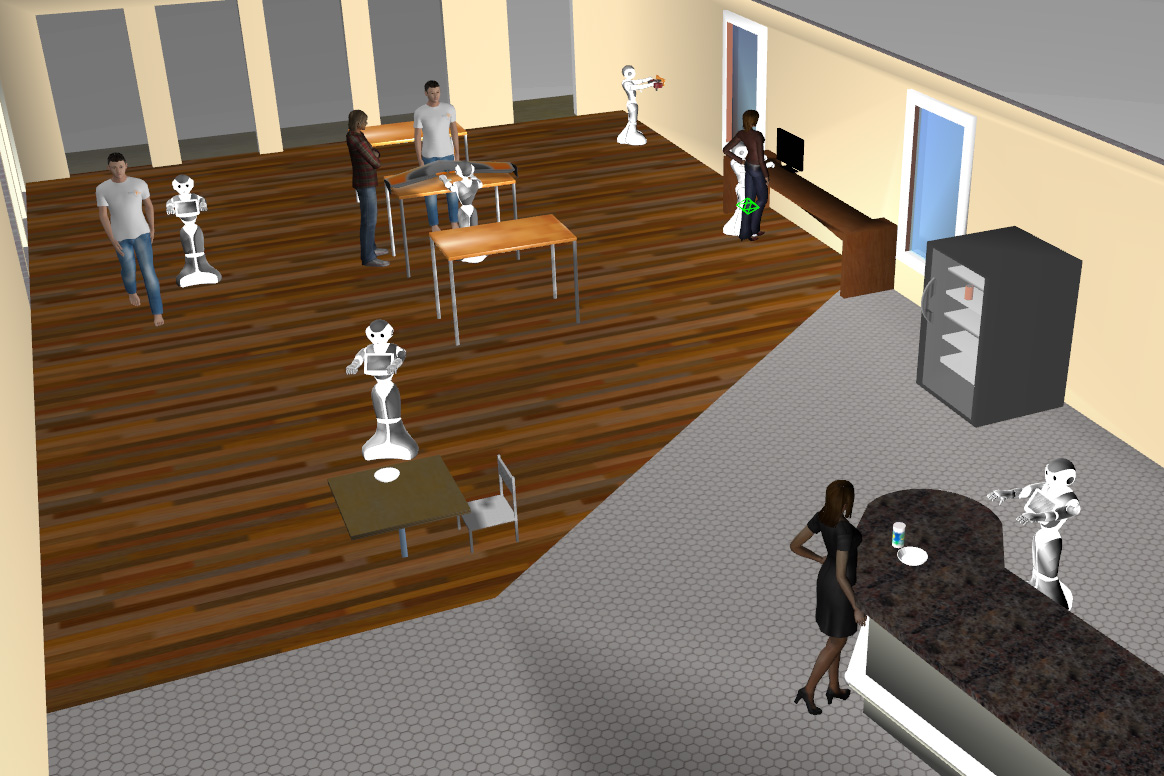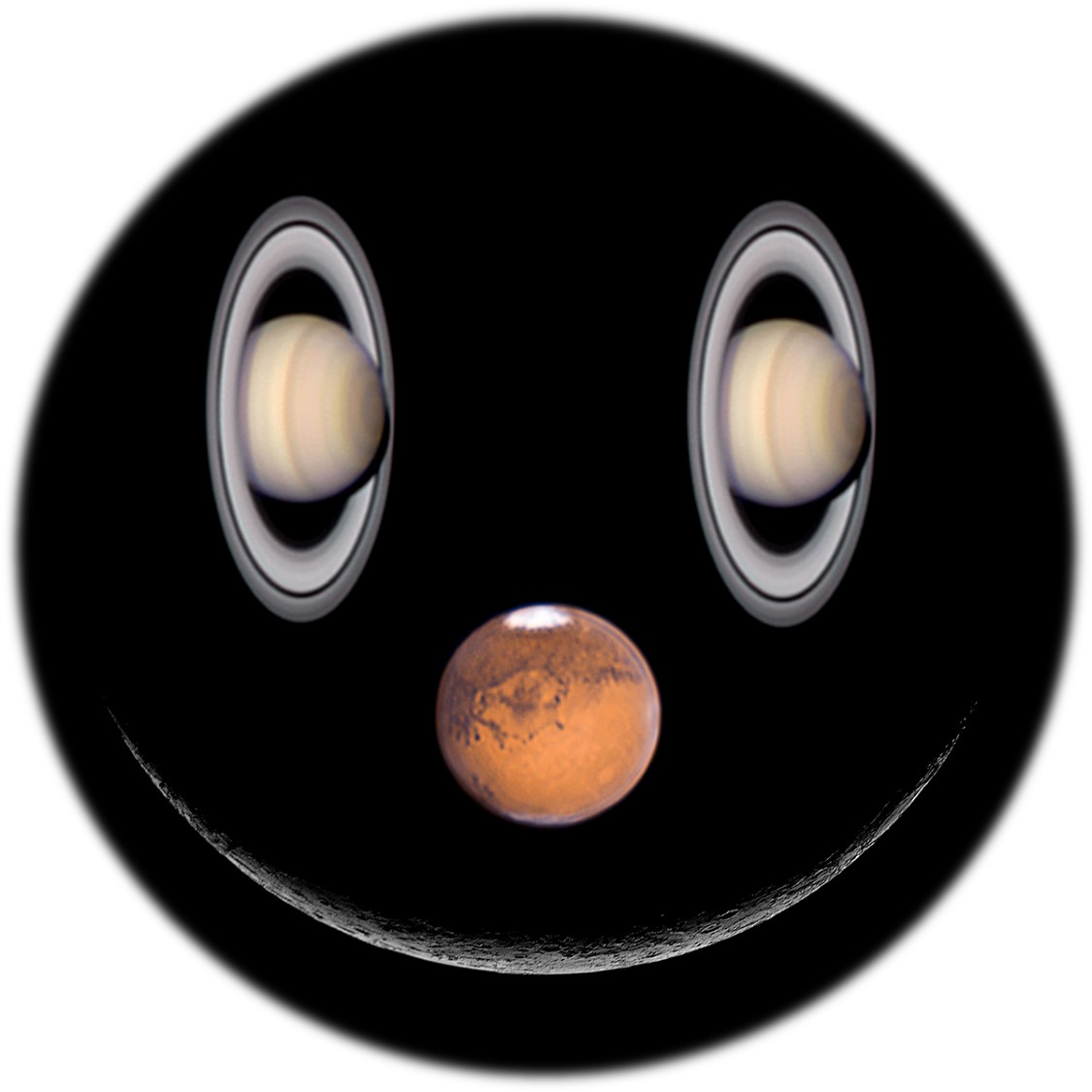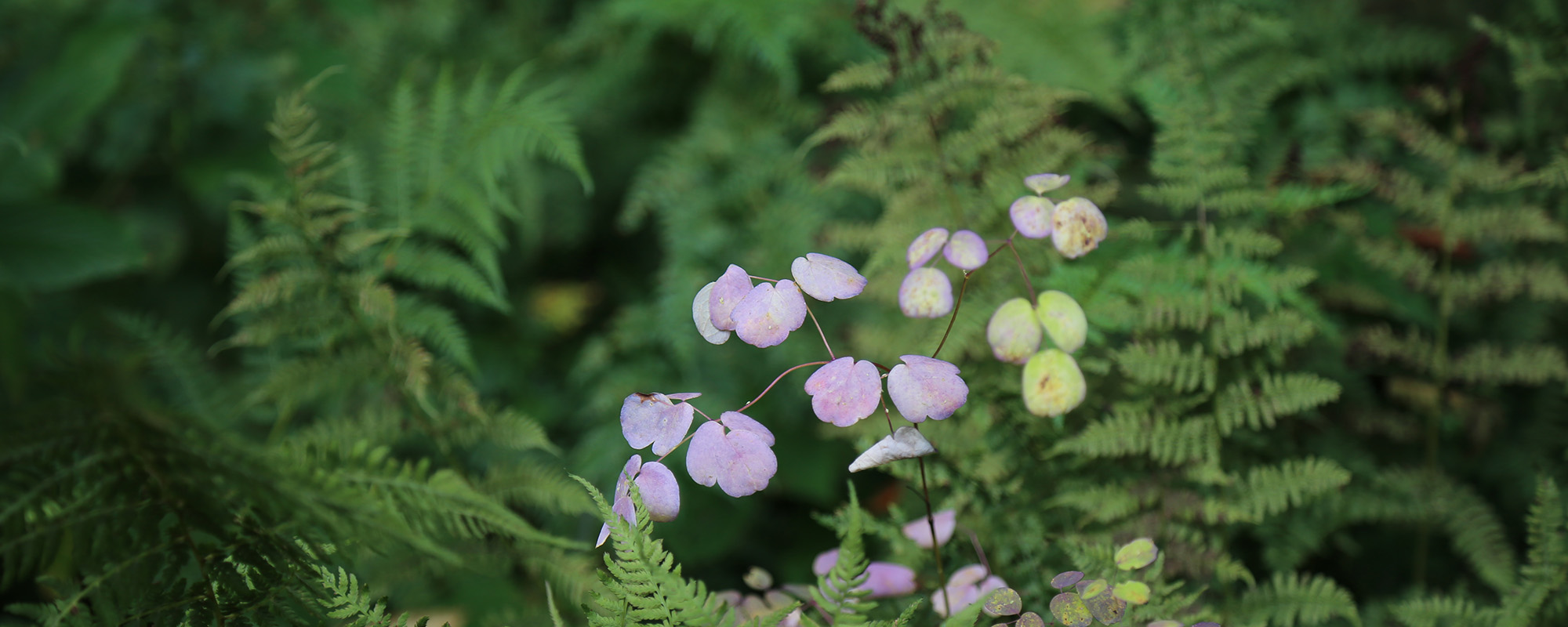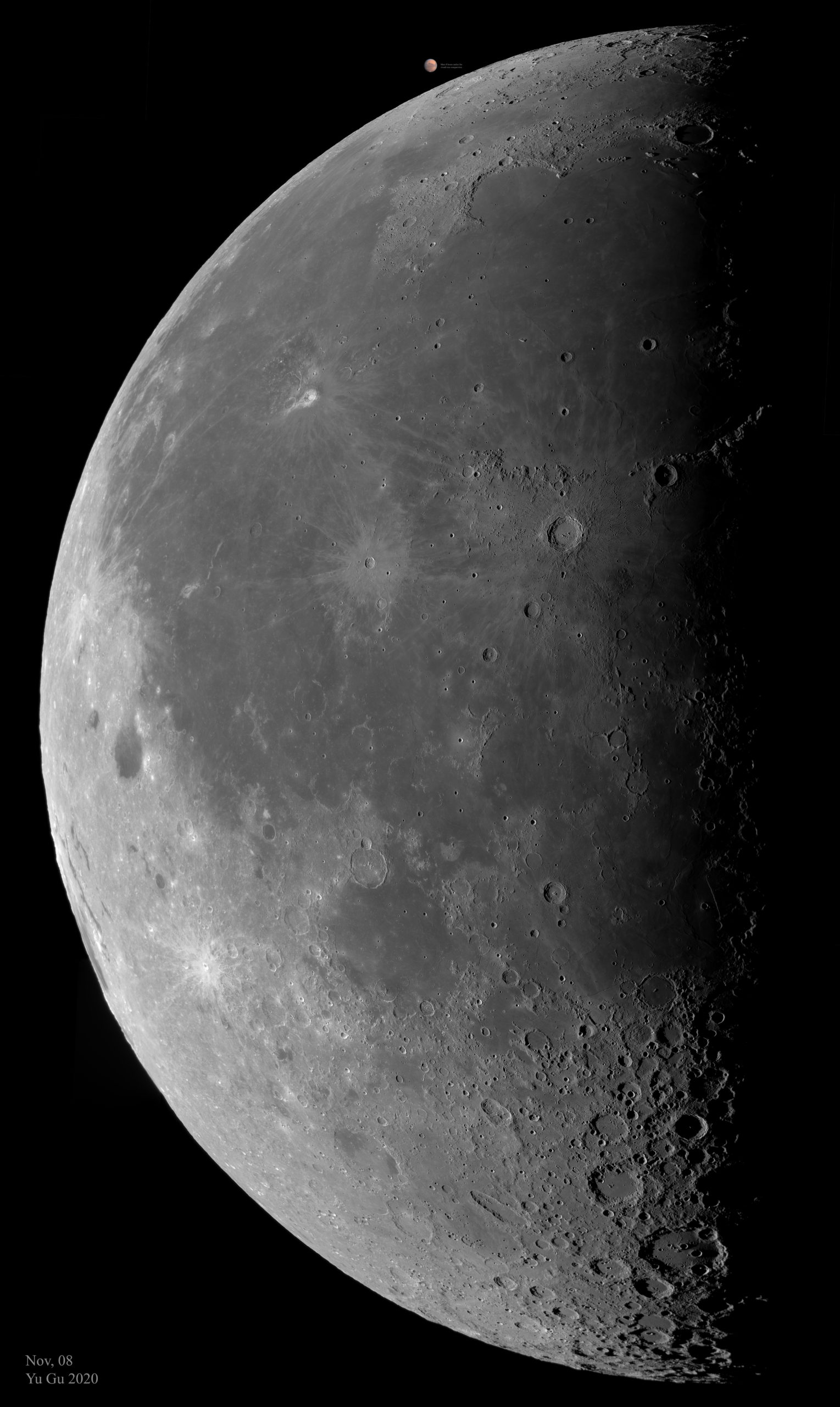If you are a Ph.D. student or a post-doc, you probably have thought about the prospect of becoming a professor at some point, even though this option may not be high on your list. If you only thought about getting a faculty position shortly before applying, you probably won’t get an interview; because it takes planning and time to build up a CV that is competitive for the faculty job market. When is the best time to start planning your academic CV? During your undergraduate years. Ok, if you missed that, and I don’t think I know anyone who didn’t, the earlier the better. I only started caring about my CV three years after my Ph.D., and I had to pay for that …
A strong CV is simply the most important part of your faculty job application package, and sometimes, it may be the only thing that a search committee member reads.
Sun Tzu once said: “If you know the enemy and know yourself, you need not fear the result of a hundred battles.”
There would probably be more than 100 battles for a faculty-job applicant. Let’s first think about your opponents: the search committee members. We are talking about a bunch of professors who may or may not be in your field. They have all failed numerous times in the past but those memories have faded. They are now trying to get through busy daily schedules and fulfill the service duty with the minimum time/energy costs. Reading tens, if not hundreds, of applications is just not that fun for them anymore. To prevent these people from making arbitrary decisions there is likely some kind of forms that the search committee members must fill. These are probably pre-determined performance metrics that evaluate your record or potential on teaching, research, and service. What does all this mean? It means your CV needs to be simple (easy to find relevant information) and well rounded. You shouldn’t be lagging your competitors in any of the major categories (e.g., publication, teaching, funding, and service). An easy way to find out the going credentials is to check out the CVs of newly hired faculty members in your field; they are not hard to find on the internet. Scoring a zero in any of these categories is not going to look good for you.
You might wonder how would you get teaching and funding experiences when you are still a graduate student? You can if you try hard enough. For example, you can offer to teach or co-teach a class; you can submit fellowship proposals; and you can attend teaching and grant writing workshops. A reasonable search committee would consider your available opportunities as a student, but you must demonstrate that you are proactive and have the potential. This would also help you later during the interview process.
Would this be enough? Not yet. Having all the boxes checked may get you a decent first impression. It may also take away some of the arguments for someone on the committee to strongly against you. What you really need now is a few strong supporters on the committee. In other words, you must impress them.
What makes your CV look impressive? Here is my rule of thumb: the most impressive things are the ones many people have tried but could not get. If you have done something unique but no one on the search committee has thought about trying, then sadly, it’s likely to go unnoticed. What are some examples of impressive things? publications in highly selective journals/conferences, best paper awards, prestigious fellowships/grants, a new theory, solving a known hard problem, …. Of course, you need to be good, work hard, and have abundance of luck, to get even one of these. Many people focus energy on achieving the seemingly least uncertain goal: increase the number of high-quality publications. However, if you have special talents, you may find a different path to success.
I want to quickly bring up the discussion of quality vs quantity here. I have seen CVs with over 100 papers not being appreciated by the search committee. A CV with just 1-2 good papers (unless they are on Nature or Science…) may also not be convincing enough. What if this person was just lucky or was working in a very small niche area? In robotics, for a freshly graduated Ph.D., I think 2-3 first-authored top journal papers and 2-3 first-authored top conference papers, plus a similar number of non-first-authored high-quality papers would make your CV look quite impressive. It’s certainly not easily achievable within the Ph.D. period. Adding more low-quality papers to the mix would only serve to reduce the perceived quality of your CV.
OK, say you have gotten a decent impression for your application package and the committee will meet next Wednesday to decide on a list of candidates to be interviewed. By the time the committee meets, the contents in many applications may have gotten mixed up in their heads, because they all look so much alike… The only chance you have is if you got something stands out, pointed out by one of your advocates on the committee. Other members would quickly flip to that page on your CV. If they also agree and cannot remember anything bad to say about you, then congratulations, most likely you would get an interview.
So, let me summarize it: create a CV that maximize the “expected” number of supporters (e.g., having something impressive) and minimize the number of naysayers (e.g., being well-rounded).
How to get there? This is the part about “knowing yourself.” Discover your true passions and strengths and come up with a plan for yourself. Well, …, that’s easy to say than done. Without known better, one way that worked well for me was to start by making myself look bad: creating the Google Scholar profile and making it public; posting the CV online; asking myself awkward questions like what are my top 3 contributions to the field? I found things usually get better after I learned to not avoid myself.
Attachment: my CV back in 2008, over 3 years after my Ph.D., which, unsurprisingly, did not get me anywhere.



